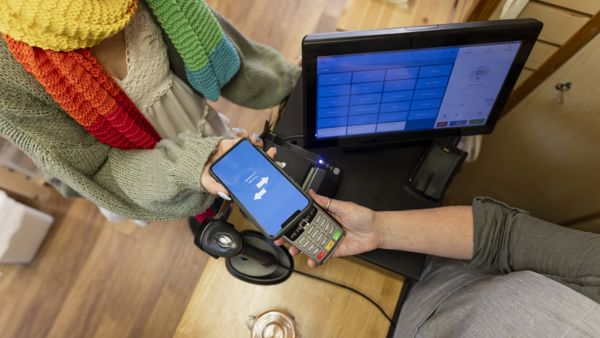
Voice-activated shopping: a fad, or the future of retail?
Voice-activated and digital assistants have very definitely arrived. Amazon sold seven times more Echo devices on Prime Day 2017 than on the same day the previous year, and estimates predict that 500 million people use voice-activated assistants today – rising to some 1.8 billion by 20211.
Perhaps the surest sign that these devices are set to take over our households, is that the planet’s largest and most recognised technology companies – including Microsoft, Apple, Amazon and Google – are all investing heavily in their development2. However, while the rapid emergence of voice-activated assistants is clear to see, its effect on the retail industry is perhaps less certain at this point.
With analysts predicting that 30% of internet browsing will be screen-less by 20201, and as voice assistants permeate homes, where will the quality of this virtual shopping experience begin to replace traditional customer service channels and delivery?
The role of voice in retail
Voice applications will play a central role in this evolution – and they’re developing at a phenomenal rate. By the end of 2016, 32% of Echo users had asked the device to buy something from Amazon Prime, while 45% had used it to add items to their shopping lists2. This is where retailers can enjoy their slice of the market.
Over and above the voice-activated devices themselves, those businesses that create the most engaging, intuitive and easy-to-use voice apps will find themselves the favourites of consumers using them – resulting in significant revenue gains.
Of course, voice-activated shopping doesn’t begin and end in the home. Out in retail stores themselves, there is a similar battle for customer attention using voice-activated shopping assistants: from Google, Amazon and Lenovo to name but a few2.
Ford has revealed its Sync 3 infotainment system, which uses Alexa to read weather reports, play music, check news and add items to a shopping list as you drive2.
With so many impressive new innovations coming online, and at such a fast rate, it’s essential for retailers to find new ways to connect with their customers at every single touchpoint, every day of their lives. That said, there will always be a place for touchscreens and physical technology. Shopping lists created by voice are usefully displayed as a summary on a smartphone, tablet, or TV screen. Plus, there is still no substitute for seeing a particular product before you buy it. In this way, voice-activated assistants will need to work in tandem with existing eCommerce platforms to ensure this happens.
Using data to generate loyalty
However, sight is only one of the senses customers use when evaluating a purchase. If the trend towards voice-activated retail continues – and they are no longer able to touch, taste, try on or see – then it is a logical assumption that they will prefer the brands they inherently trust and recognise most.
As such, the brands set to be most successful in this exciting new automated retail market will be those that can best nurture and maintain loyalty and reputation with customers. One of most effective ways of achieving this will be through effective use of data. As voice-activated assistants accumulate more and more information about their users, predictive purchasing algorithms will be able to forecast behaviour and feedback vital trends to retailers looking to secure customer satisfaction and brand loyalty1.
Time will tell
While we can’t accurately predict the precise effect that new voice-activated assistants will have on eCommerce and retail as an industry, we know from experience that consumers naturally gravitate towards technology that enables them to shop more easily, quickly and cheaply. These assistants have the capability to improve all three of these variables.
Moreover, voice assistant technology has the potential to completely transform our entire retail experience, by bringing together the best of virtual customer service and convenience.
Time will tell, but one thing is certain: voice technology will continue to make a loud noise across the retail industry.
[Sources:]
Adimo: How will voice activated assistants will impact ecommerce
Only Retail: How voice activated shopping is changing retail marketing
Dunn Humby: Impact voice activated virtual assistants retail
